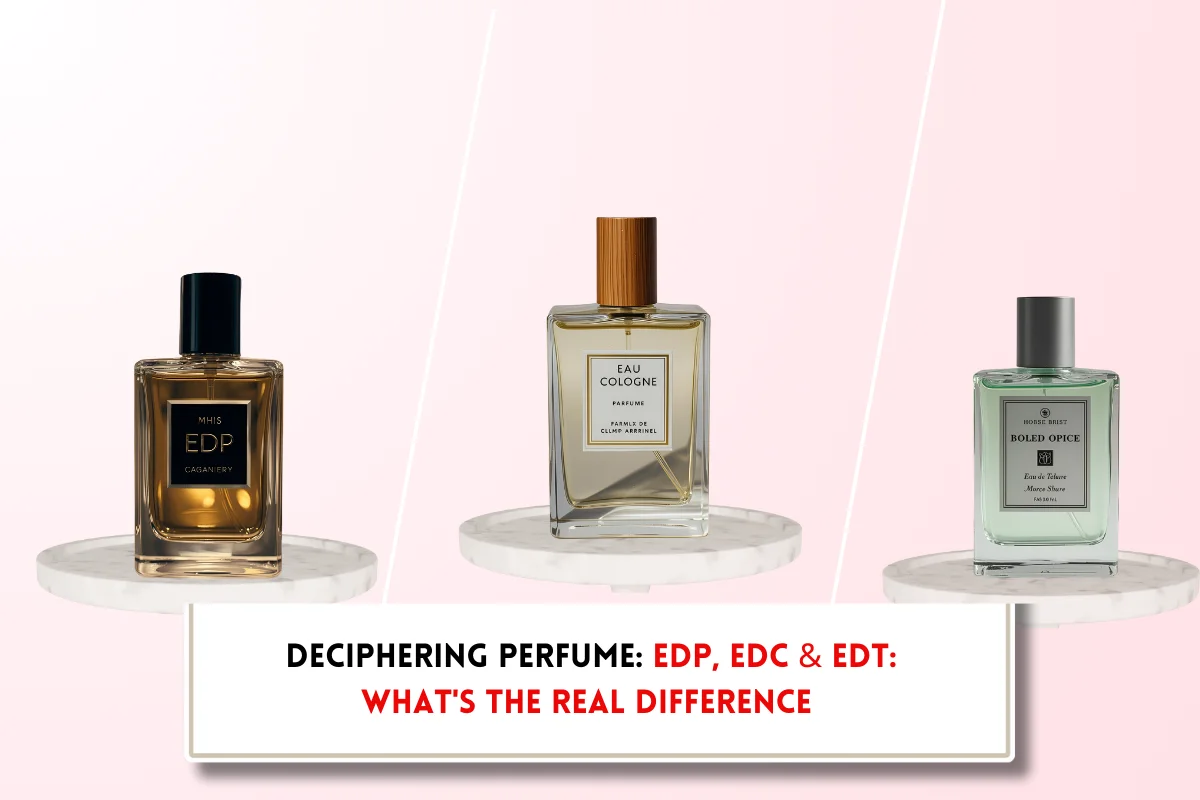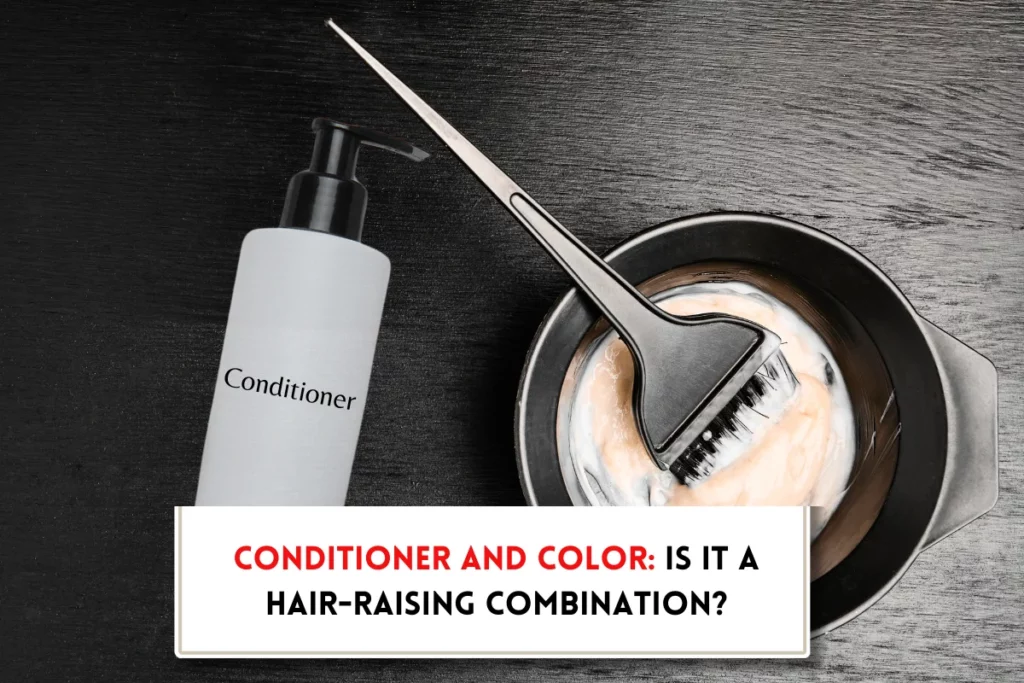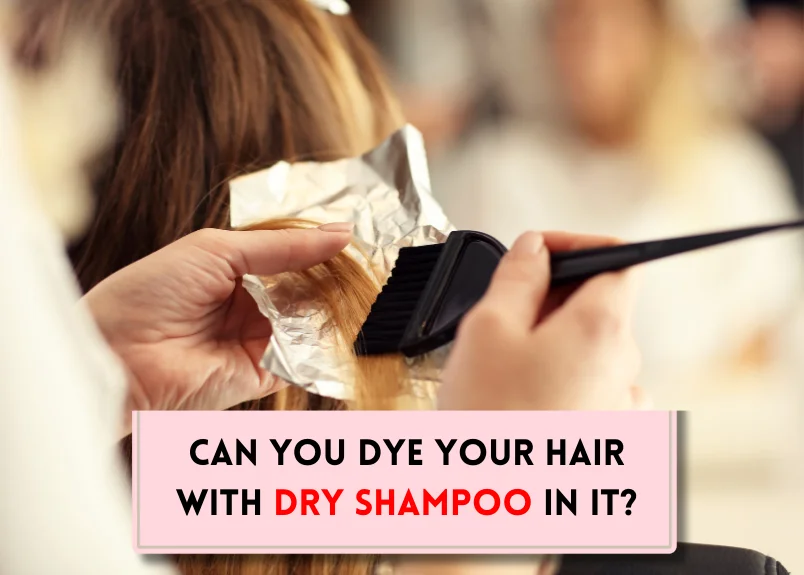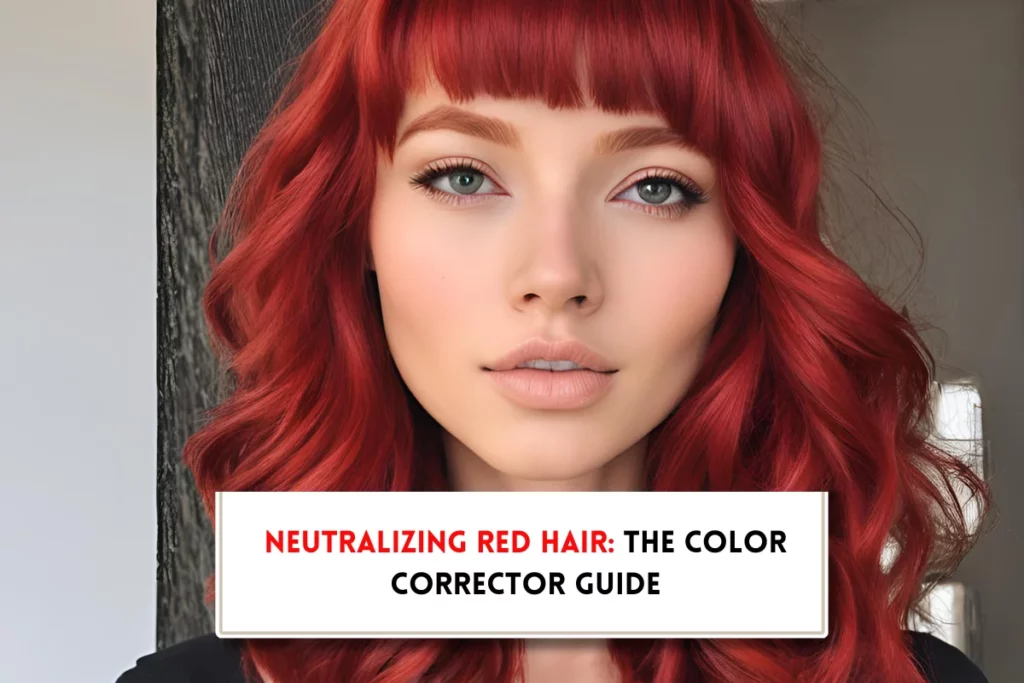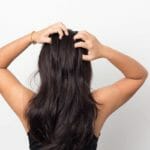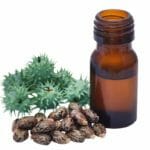Can I color my hair after hair spa?: Decode the ultimate hair color routine
At BeautyCaters, our expert team independently curates every recommended product. Purchases through our links may earn us a commission. Explore our transparent selection process.
You’ve just indulged in a luxurious hair spa treatment, leaving your hair feeling refreshed and rejuvenated. Now, you’re eager to add a splash of color to your new look. But is it advisable to color your hair immediately after a hair spa? In other words, can I color my hair after hair spa?
- Key components of a hair spa
- The role of chemicals in hair spa
- The science of hair coloring: How hair color works?
- Types of hair color
- The role of chemicals in hair coloring
- Can I color my hair after hair spa?
- When to color your hair after a spa?
- Factors that influences the waiting period
- When is your hair ready for coloring?
- Benefits of delaying hair color after hair spa
- Potential risks of immediate coloring after hair spa
- Post-hair spa maintenance tips
- How to choose the right hair color after hair spa?
- Final Word: Can I color my hair after hair spa?
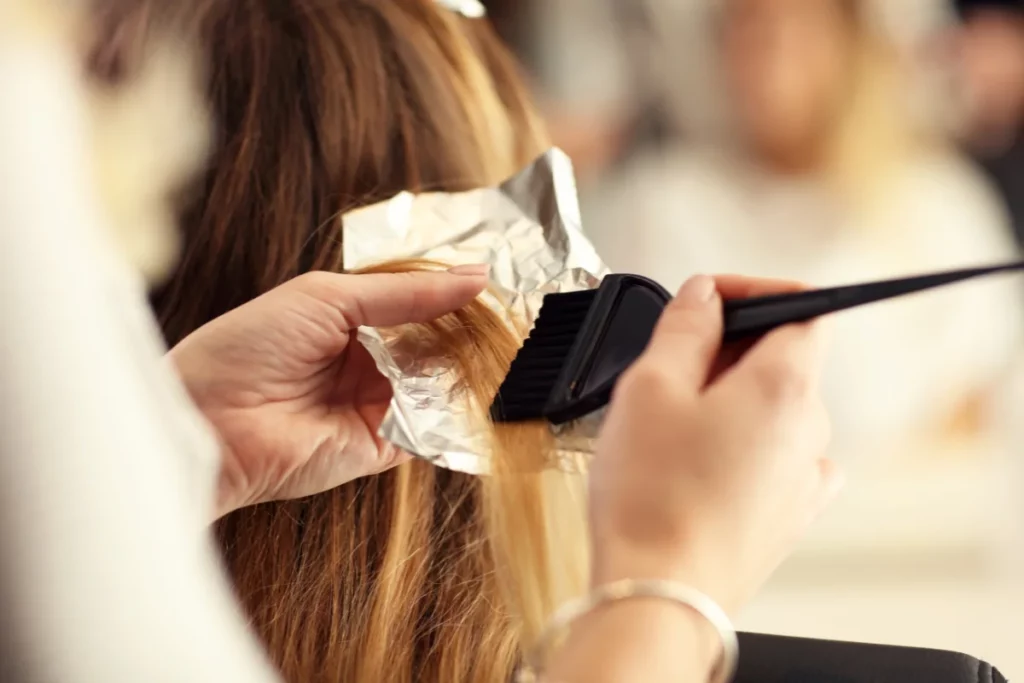
Key components of a hair spa
A typical hair spa treatment involves several key components that work together to rejuvenate your hair. These key elements of a hair spa session include:
- Deep conditioning treatment: The application of intensive moisturizing treatments to replenish lost moisture and strengthen the hair shaft.
- Scalp massage: A therapeutic technique that stimulates blood circulation, promoting hair growth and relaxation.
- Steam therapy: The use of steam to open hair cuticles, enhancing the penetration of conditioning products and improving nutrient absorption.
- Nourishing masks: The application of hair masks containing vitamins, minerals, and botanical extracts to nourish and repair the hair.
Also Read: Does hair spa remove dandruff?
The role of chemicals in hair spa
Hair spa treatments often incorporate a blend of natural and synthetic ingredients to optimize results. While natural components provide nourishment and hydration, chemical compounds play a crucial role in addressing specific hair concerns.
- Active ingredients: Many hair spa products contain active ingredients such as keratin, hydrolyzed proteins, and botanical extracts designed to repair damaged hair, reduce frizz, and enhance shine.
- Preservatives: To maintain product integrity and extend shelf life, hair spa treatments may include preservatives that prevent microbial contamination.
- Emulsifiers and surfactants: These chemicals help to blend different ingredients and create a smooth, uniform texture.
- pH balancers: Hair spa products often contain pH-balancing agents to restore the hair’s natural acidity, enhancing its overall health and appearance.
The science of hair coloring: How hair color works?
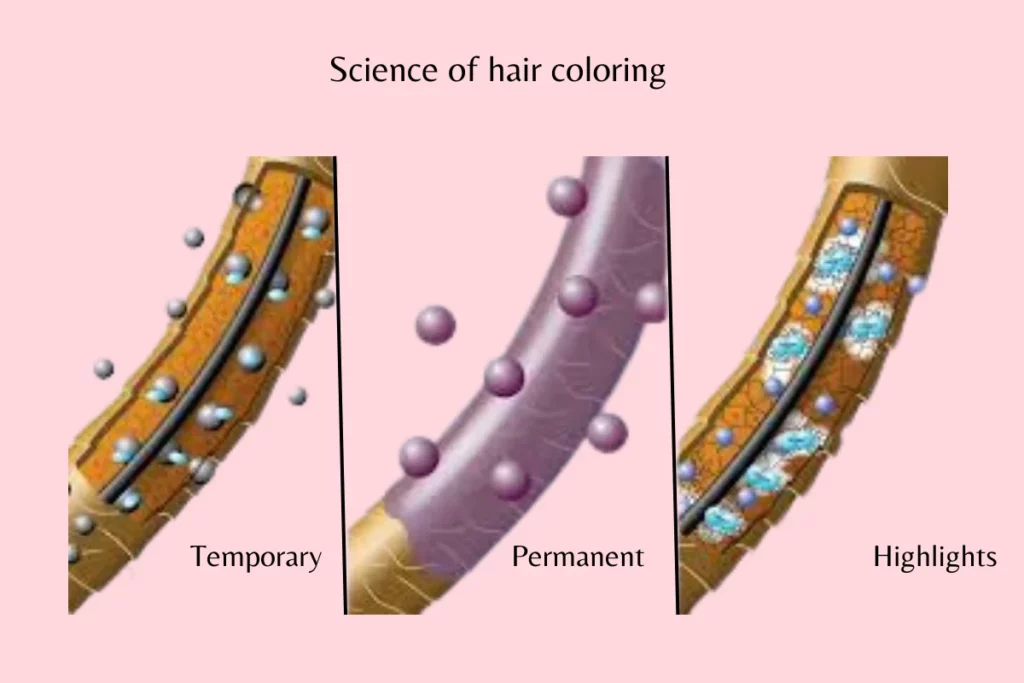
Hair coloring is a complex process involving chemical reactions that alter the hair’s natural pigmentation. To achieve desired results while minimizing damage, it’s essential to understand the fundamental principles:
- Hair structure: Hair comprises three layers: the cuticle (outermost), cortex (middle), and medulla (innermost). The cortex contains melanin, the pigment responsible for hair color.
- Coloring mechanisms: Hair color products employ various techniques, including oxidative, direct dyes, and semi-permanent formulations. Oxidative dyes permanently alter hair color by penetrating the cortex and reacting with melanin. Direct dyes coat the hair’s surface for temporary color changes. Semi-permanent dyes offer a balance between the two.
- Chemical interactions: Hair coloring involves chemical processes that lift the hair’s cuticle to allow color molecules to penetrate. Developers, such as hydrogen peroxide, play a crucial role in this process.
Also Read: Can hair spa reduce hair fall?
Types of hair color
The world of hair color offers a diverse range of choices to suit various preferences and hair goals. Here are some common types:
- Permanent hair color: Provides long-lasting color by penetrating the hair shaft and depositing new pigments.
- Semi-permanent hair color: Offers a temporary color change that gradually fades with shampooing, allowing for experimentation without commitment.
- Temporary hair color: Provides instant color results that wash out with a single shampoo, ideal for special occasions or trying out new shades.
- Natural hair dyes: Derived from plant-based ingredients, these dyes offer a more gentle approach to coloring, often resulting in subtle color changes.
- Highlights and lowlights: Involves lightening or darkening specific strands of hair to create dimension and depth.
| Type | Description |
| Permanent Hair Color | Lasts until regrowth; requires a developer. |
| Semi-Permanent Hair Color | Lasts 4-6 weeks; doesn’t require a developer. |
| Temporary Hair Color | Lasts for one wash or a few; easy to apply. |
| Natural Hair Dyes | Derived from plants; less damaging. |
| Highlights & Lowlights | Used to create depth; can be permanent or semi-permanent. |
The role of chemicals in hair coloring
Hair coloring involves a complex interplay of chemical reactions designed to alter the hair’s natural pigmentation. Key components influencing the hair coloring process include:
- Oxidizing agents: These are chemicals, such as hydrogen peroxide that lift the hair’s existing color, allowing color molecules to penetrate deeper.
- Color pigments: The precise shade achieved depends on the type and concentration of color molecules present in the hair dye.
- Ammonia or ammonia-free alternatives: These substances help to open the hair cuticle for better color penetration. While ammonia can be harsh, many modern formulations utilize gentler alternatives.
- pH levels: The pH balance of the hair dye influences color development and the overall condition of the hair.
| Chemical | Function |
| Ammonia | Opens hair cuticle for penetration. |
| Hydrogen Peroxide | Lightens existing color, activates dye. |
| Dye Compounds | Provide the actual color to the hair. |
| Conditioners | Help reduce damage from other chemicals. |
| Natural Extracts | Used in gentler options, less chemical content. |
Can I color my hair after hair spa?
Hair spa treatments involve the use of deep conditioning products and treatments that open the hair cuticle to allow for maximum hydration. It’s essential to give your hair time to close its cuticles and return to its natural state before subjecting it to the chemical processes involved in hair coloring.
A few day’s waiting, allow your hair to regain its strength and resilience, reducing the risk of damage and ensuring optimal color results.
When to color your hair after a spa?
Your hair deserves the best care, especially after a rejuvenating spa treatment.So, one important rule is to wait at least 48 to 72 hours after your hair spa and If you recently had a deep conditioning treatment extend your waiting period to up to a week to ensure your hair remains hydrated and healthy. Always consider your hair’s specific needs and consult with your stylist for personalized advice.
This waiting period allows your hair to absorb the benefits of the spa treatment, ensuring better results, and minimized damage when you finally decide to color. Timing your color after your spa treatment is crucial
Factors that influences the waiting period
The optimal waiting period before coloring your hair after a spa treatment depends on several factors:
- Type of hair spa treatment: Deep conditioning treatments that open the hair cuticle may require a longer waiting period compared to gentler treatments.
- Hair condition: If your hair was significantly damaged before the spa, allowing additional time for recovery before coloring is advisable.
- Hair coloring technique: The chosen hair coloring method (permanent, semi-permanent, or temporary) can influence the ideal waiting time.
- Desired color results: Dramatic color changes may necessitate a longer interval to ensure optimal color penetration and longevity.
Consideration of these factors and consulting with a hair stylist, you can determine the best timing for your hair coloring to achieve desired results while minimizing potential damage.
When is your hair ready for coloring?
To ensure optimal results and minimize potential damage, it is crucial to evaluate hair condition before proceeding with a color treatment. Key indicators of hair readiness for coloring include:
- Elasticity: Healthy hair exhibits good elasticity, meaning it stretches when pulled gently and returns to its original shape without breaking.
- Moisture levels: Well-hydrated hair is less prone to damage during the coloring process. Dry or brittle hair may require additional conditioning before coloring.
- Overall strength: Hair that feels strong and resilient is more likely to tolerate the chemical changes involved in hair coloring.
Benefits of delaying hair color after hair spa
Allowing a brief period between a hair spa treatment and hair coloring offers several advantages for hair health and color results:
- Hair recovery: A delay provides time for the hair to absorb the benefits of the spa treatment, including deep conditioning and nourishment. This allows the hair to regain its natural strength and elasticity before undergoing the chemical process of coloring.
- Color longevity: By waiting a few days, the hair cuticle has a chance to close, preventing premature color fading and ensuring longer-lasting results.
- Smoother color application: Hair that is well-hydrated and conditioned is more likely to accept color evenly, resulting in a more vibrant and consistent finish.
- Scalp health: Allowing the scalp to return to its natural state before coloring can minimize irritation and promote optimal scalp health.
Potential risks of immediate coloring after hair spa
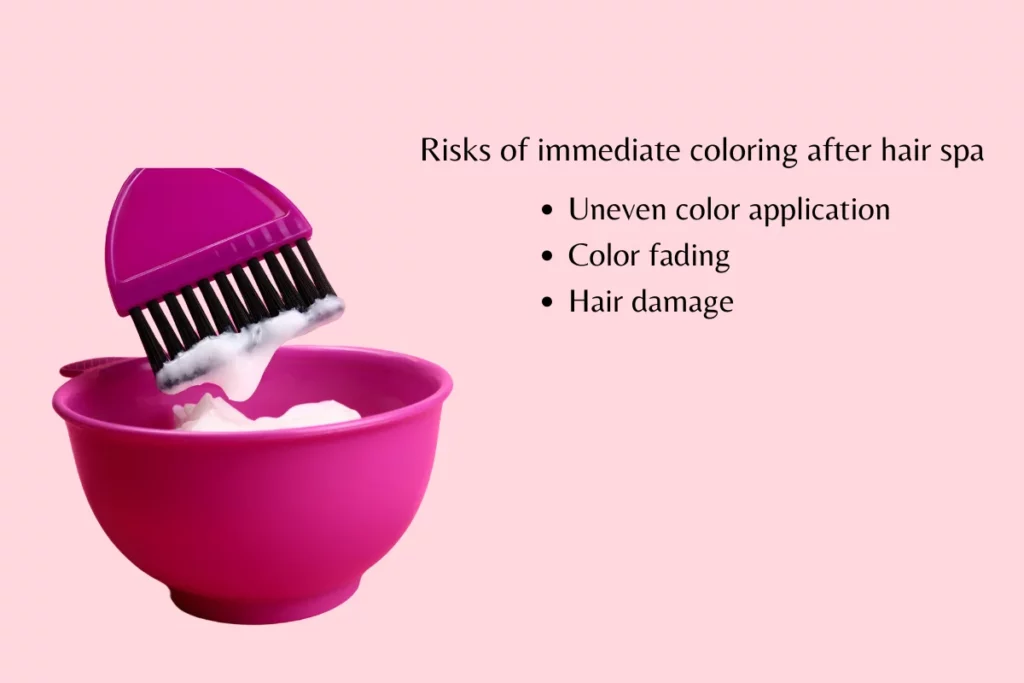
While it may be tempting to transform your look immediately after a hair spa treatment, it’s essential to consider the potential risks. Coloring hair too soon after a spa session can lead to less than ideal results.
- Uneven color application: The residual products from the hair spa treatment may create a barrier, preventing the hair color from penetrating evenly, resulting in an inconsistent color distribution.
- Color fading: The deep conditioning effects of the hair spa can accelerate color fading, as the hair cuticle may remain open and more susceptible to color loss.
- Hair damage: Coloring hair that is still saturated with spa products can increase the risk of damage, as the chemical processes involved may weaken the hair further.
To ensure optimal results and minimize potential damage, it’s advisable to allow your hair some time to recover before proceeding with a color treatment.
Post-hair spa maintenance tips
To ensure your hair remains in optimal condition after a hair spa, you should adopt a few maintenance practices:
- Use sulfate-free shampoos to protect the treatment.
- Limit heat styling tools to maintain moisture.
- Stay hydrated and consume a balanced diet for healthy hair.
Any neglect in these areas could lead to dullness or damage to your hair, undermining the benefits of the hair spa.
The right maintenance routine can significantly enhance the lifespan of your hair spa treatment. Follow these tips diligently:
- Apply a leave-in conditioner to maintain moisture.
- Schedule regular trims to avoid split ends.
- Protect your hair from UV rays and pollutants.
Any deviations from these recommendations can compromise the health and appearance of your hair.
How to choose the right hair color after hair spa?
Selection of the right hair color after a hair spa treatment is crucial for maintaining the health and vibrancy of your locks. Consider these factors for optimal results:
- Professional consultation: Seek expert advice from a hairstylist to determine the best color choices based on your hair type, condition, and personal preferences.
- Skin tone analysis: Understanding your skin tone helps select hair colors that complement your complexion and enhance your overall appearance.
- Product selection: Opt for hair color products that are gentle and formulated to minimize damage, especially for recently treated hair. Look for products containing nourishing ingredients like keratin, argan oil, or aloe vera to maintain hair health.
- Color maintenance: Invest in color-safe hair care products to prolong the life of your new color and prevent fading. Regular trims and deep conditioning treatments can also help maintain hair health and vibrancy.
Carefully considering these factors, you can achieve a stunning hair color that complements your hair spa treatment and enhances your overall look.
Final Word: Can I color my hair after hair spa?
Let’s be real, we all want that perfect hair day, right? But jumping into a color job straight after a pampering spa session might not be the best move. Think of it like giving your hair a little breather after a workout. It needs time to soak in all that goodness from the spa before you hit it with chemicals.


